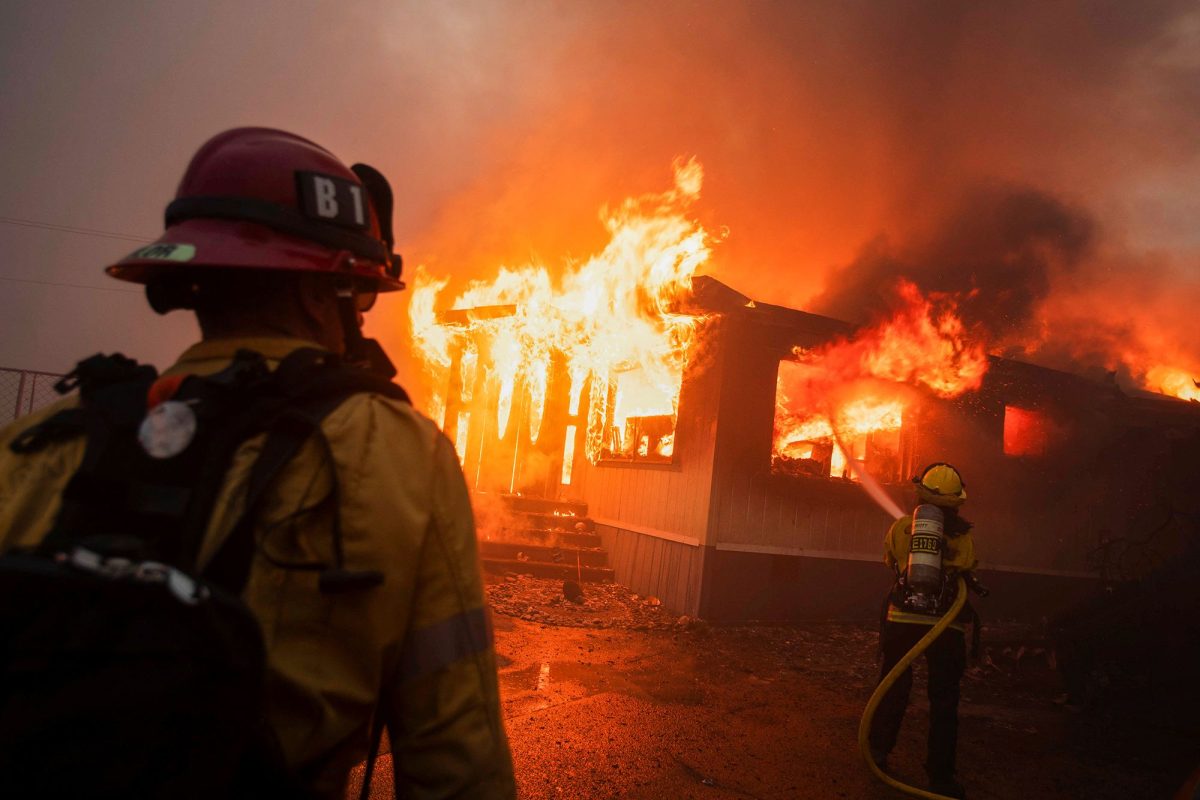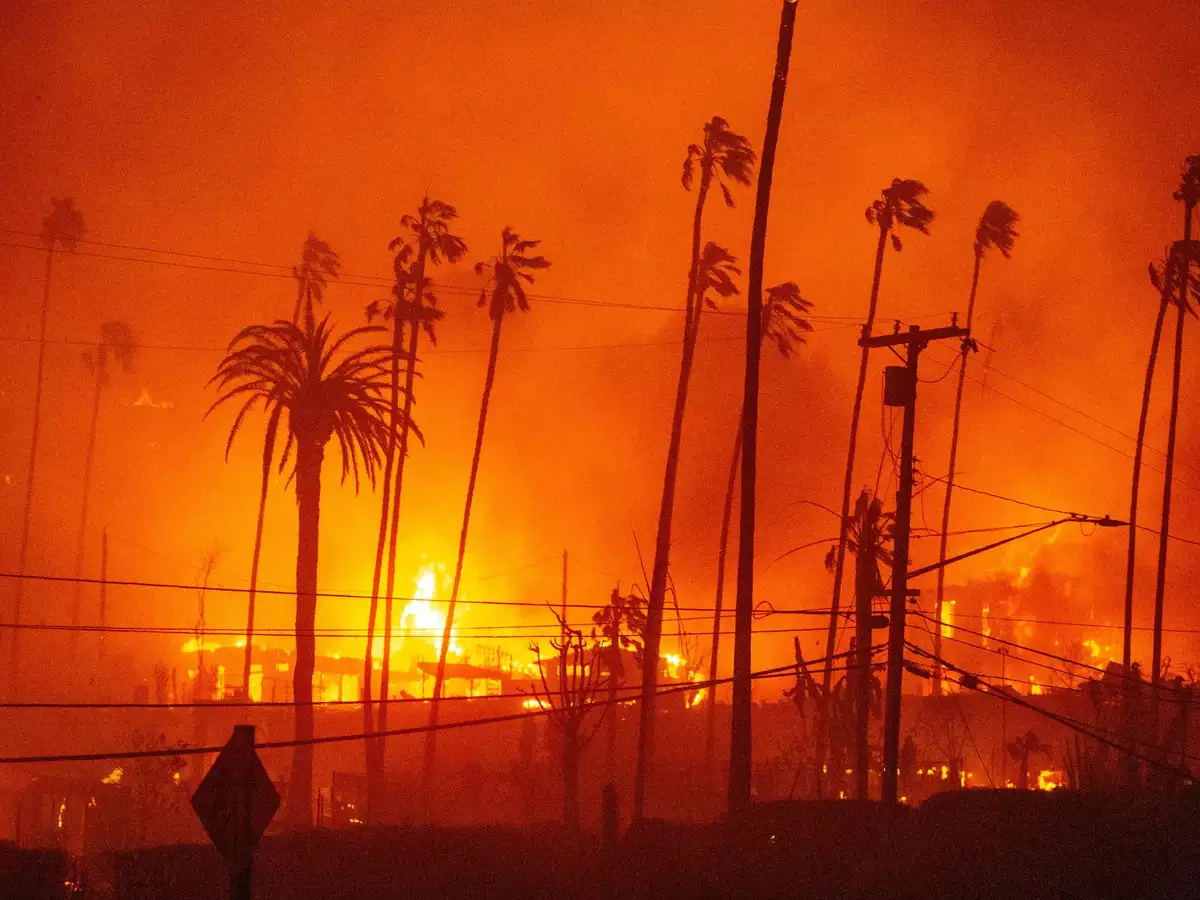In the midst of celebrating the New Year in Los Angeles, California, disaster struck. Over 57,174 acres (89 square miles) of land were burned in the recent California wildfires during the second week of January.
Neighborhoods like Palisades, Eaton, Laguna, and Hughes were all engulfed in the rapidly-spreading flames. Homes, restaurants, businesses, and many other structures were burned to ashes in these areas, estimated to be around 20 billion dollars in damages and other lost assets.
Not only were buildings damaged, but the hearts of thousands of L.A. residents and families were charred as well. Specifically, around 28 people lost their lives at the hands of the flames, and thousands were left injured under the rubble of their homes. Some citizens were even spotted outside of their homes trying to fight the fires themselves.
However, this was not the first blistering incident that L.A. experienced, with more than 13 massive wildfires having impacted the city in the past decade alone.
With this fire, it’s important to note that throughout its history, California was known to have extremely dry conditions due to a lack of rainfall in the Southern region. Strenuous gusts of wind, acclaimed as the “Santa Ana Winds,” caused by changes in air pressure, are also a major factor in spreading the flames into the various aforementioned neighborhoods and extending the duration of the fires.
In immediate response to this disaster, Governor Gavin Newson deployed over 16,000 personnel, composed of the LAFD, California National Guard service members, transportation teams, highway patrol officers, and other first responders.

They utilized more than 1,500 fire engines and over 100 firefighting aircraft units. Illustrating the severity of this issue, federal support was called upon, requiring President Joe Biden to approve of additional reinforcements, such as 110 new engines along with thousands of firefighters to be deployed on the grounds.
More recently, the Governor offered financial aid for the victims. Hundreds of shelters or temporary housing units, mortgage relief programs from financial institutions partnering with the state of California, and rebuilding attempts are all being made in the weeks following the flare-up.


